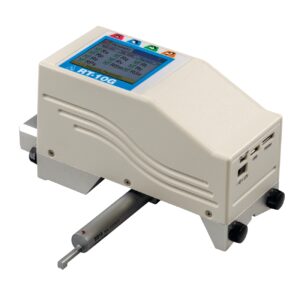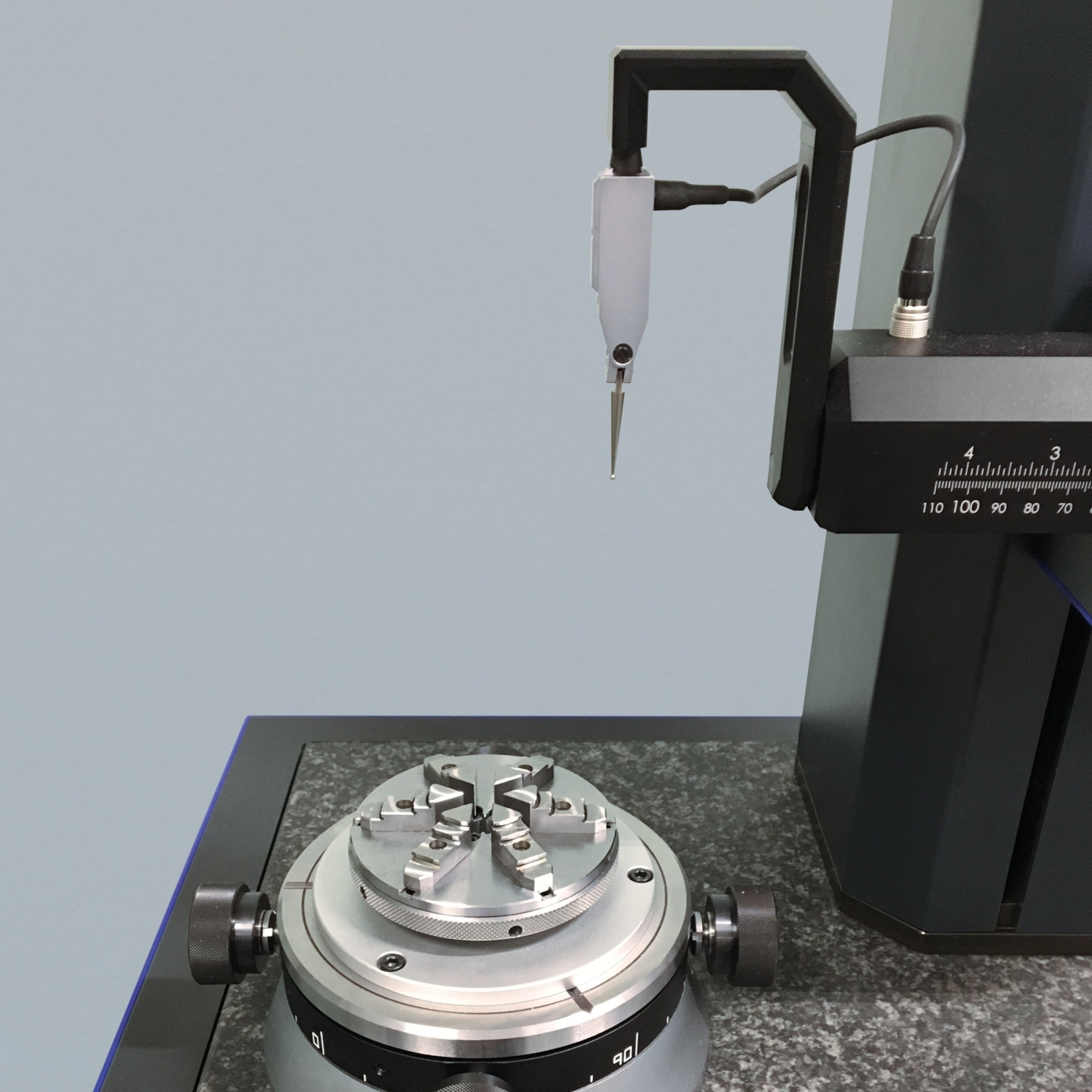Highly versatile benchtop and handheld roughness gauges and profilometers, capable of measuring horizontally, vertically, with the probe at 90° and cantilevered. Completely made in italy construction, can be supplied with programs to connect to the PC and consequently to the company's quality system to meet the requirements of the new Industry 4.0 standard.
Showing 1–24 of 26 results
































